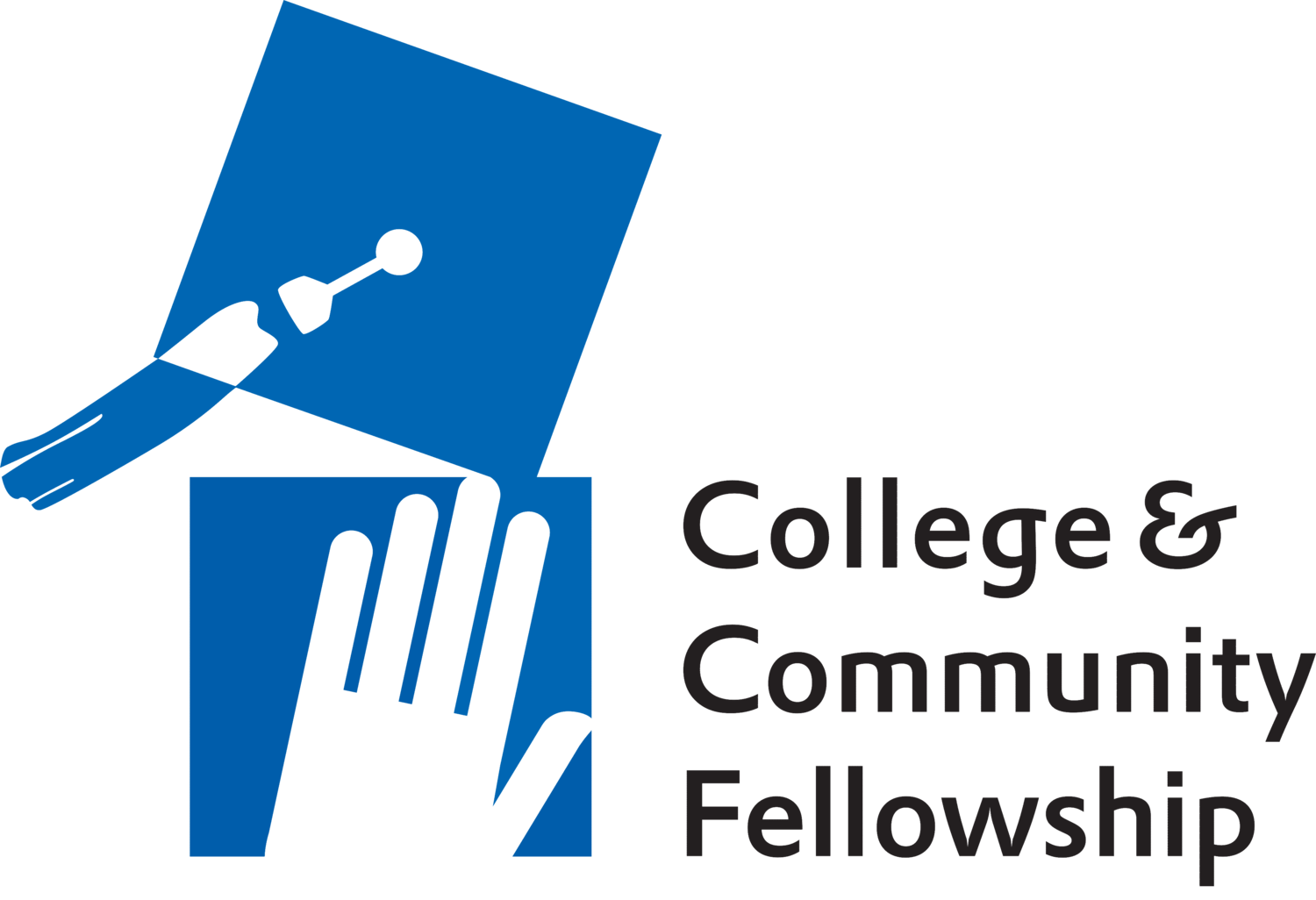Mitigating Barriers to Justice-Impacted Voting #JusticeVotesNY
The midterms are upon us. Parties, democratic institutions, campaigns, nonprofits are all carefully curating messaging to “get out the vote.” A controversial and giant voting block of roughly 70 million, is those with criminal convictions. However, victories like the Amendment 4 in Florida and the Executive Order in Iowa are signaling a change in tide when it comes to felony disenfranchisement. While some studies go as far as to examine whether their vote could change electoral outcomes, we see a more basic question we wanted to answer. Why do only roughly 10% of those justice-impacted who have the right to vote actually exercise it?
The biggest driver is neglect of these populations. The government and campaigns are suppressing the vote.
As part of the #JusticeVotesNY campaign, CCF sought to analyze what helped and hindered justice-impacted people from voting during the 2020 election. We provided a three-session curriculum to those who volunteered as ‘trainers,’ justice-impacted individuals who are already registered to vote. These trainers then recruited unregistered justice-impacted ‘students’ to participate in this curriculum on voter suppression, voter registration, voting preparedness and how to become an informed voter. All 81 of these combined trainers and students were surveyed extensively. The responses were blind and coded by a group of data analysts.
Many individuals chose not to vote because of negative touch points with the government, but also because of the same sense of disillusionment that plagues all Americans. People were then inspired to vote when they saw from the course and surrounding discussions that the experience could be empowering and felt a responsibility based on their ancestors and those in prison who could not vote.As one participant stated:
“I think the fact that I'm justice involved makes the ability to vote that much more
important. I think it might discourage many people if they don't feel or know that they
have that right but for me personally, just exercising any right feels liberating coming from a place where it was very hard to have the basic human interactions without fear of
trouble or consequences.”
The other essential component to mobilization was an understanding of exactly what voting entails from the act to how to choose amongst candidates.
In an election with overwhelming outreach - that broke historical records - we found 61% of people had never received any communication from any campaign and 60% had never received any voting-related education. Herein lies New York and many other “progressive” state’s passive voter suppression. At best, these phenomena are a symptom of apathy toward marginalized communities. At worst, they are insidious means to stop communities with cyclical incarceration from voting by simply ignoring them.
As we know, predictors of incarceration include a lack of allocation of resources in employment, health, housing, and education.Affluent communities that are especially civically engaged are able to secure these resources. The same neighborhoods that are ravaged by intergenerational incarceration, which infects like a disease, have the lowest rates of political engagement.
But, there is hope. Our curriculum demonstrated that even the most cynical and disillusioned could be persuaded to vote. We offer our findings in the hope that a larger institution can replicate and draft the most cost-effective touchpoints, motivations, and teachings. Once communities begin voting, they can demand solutions to the inequities that are the root causes of crime.

